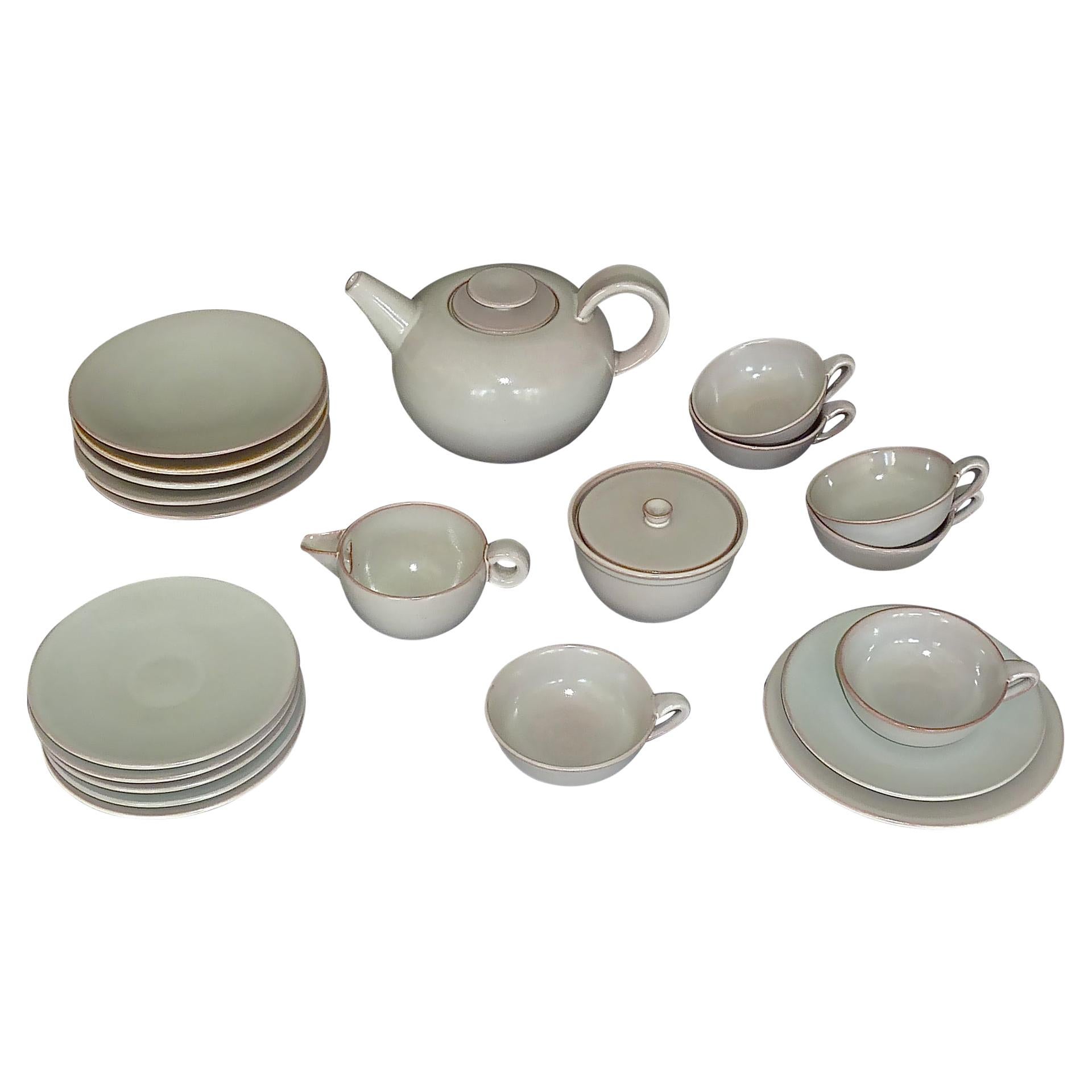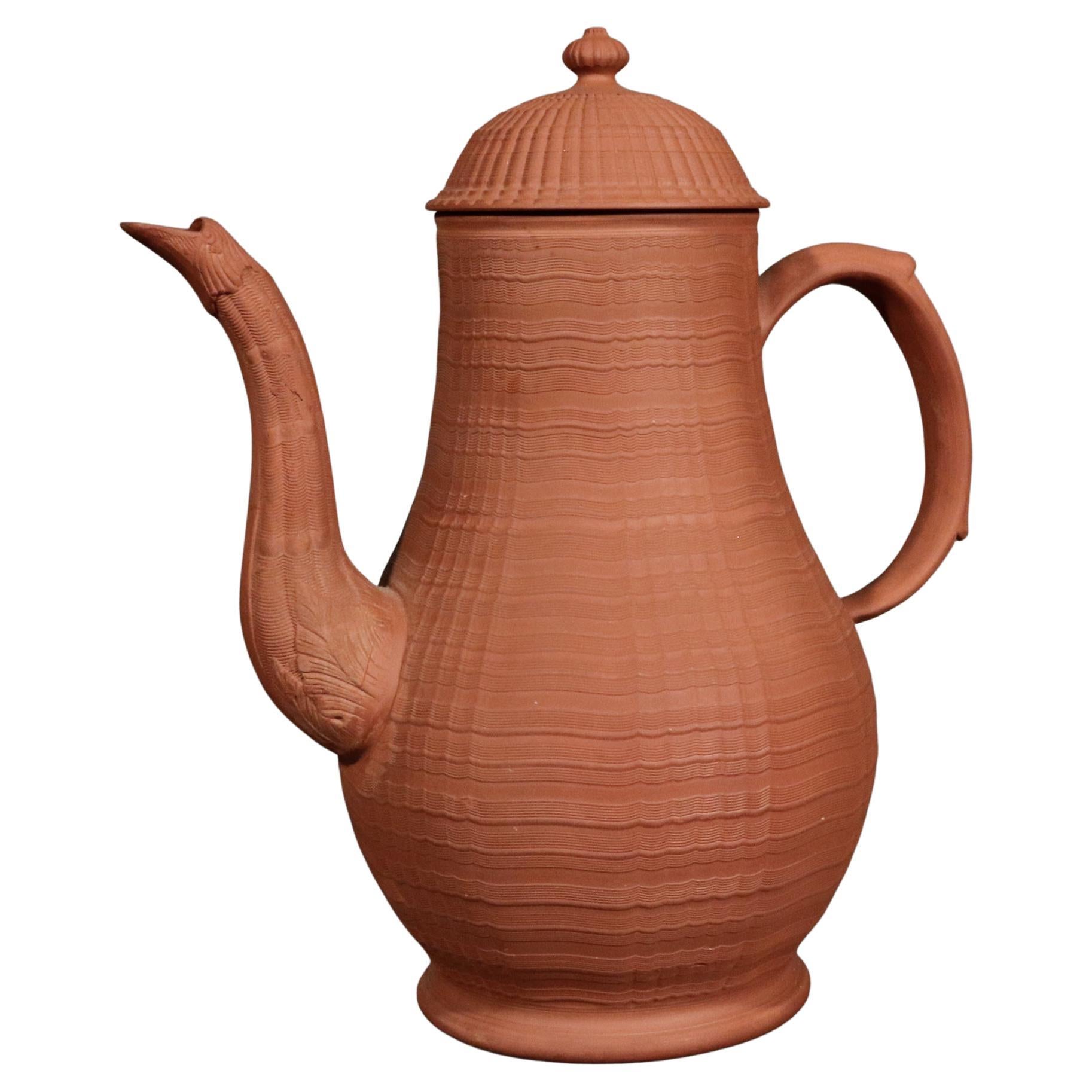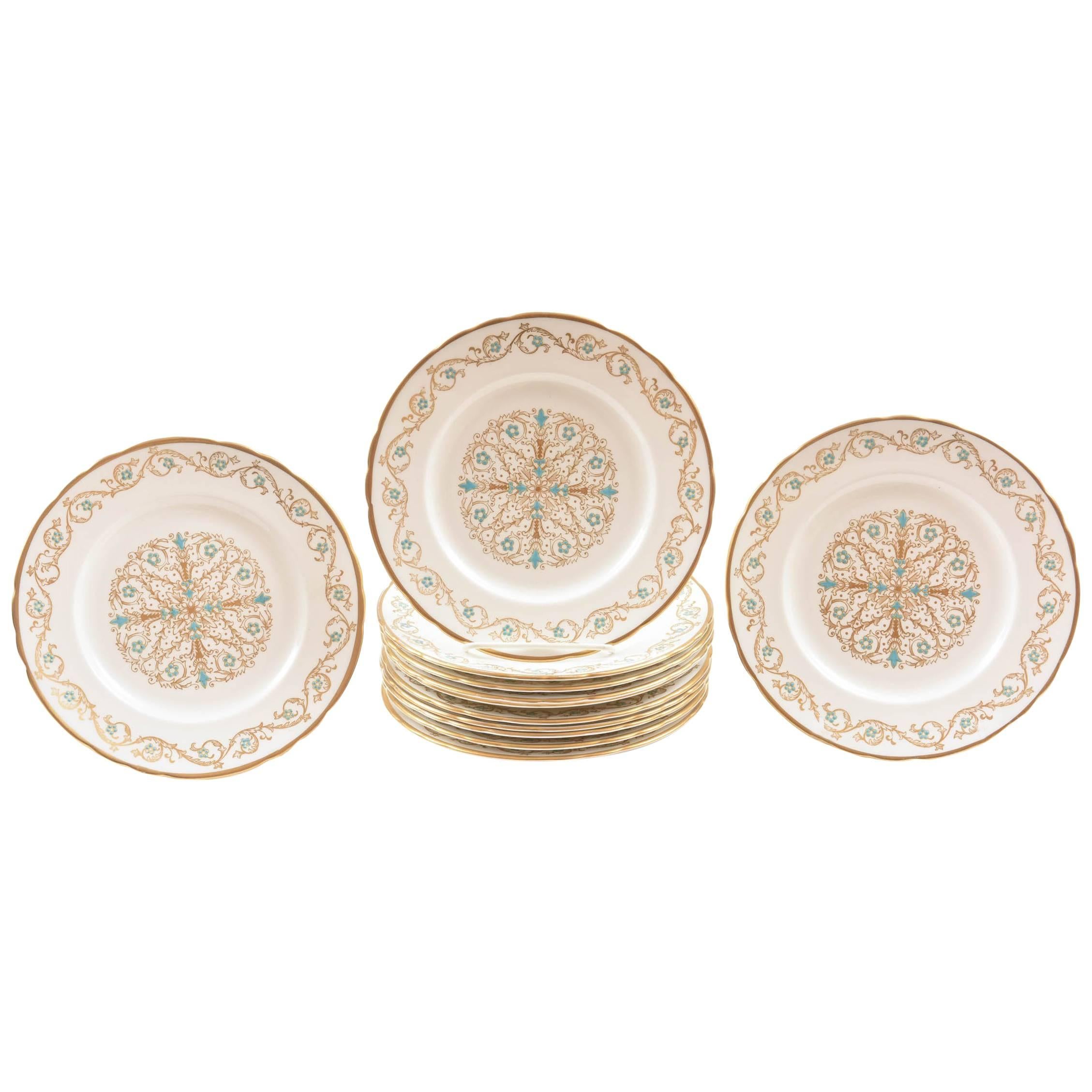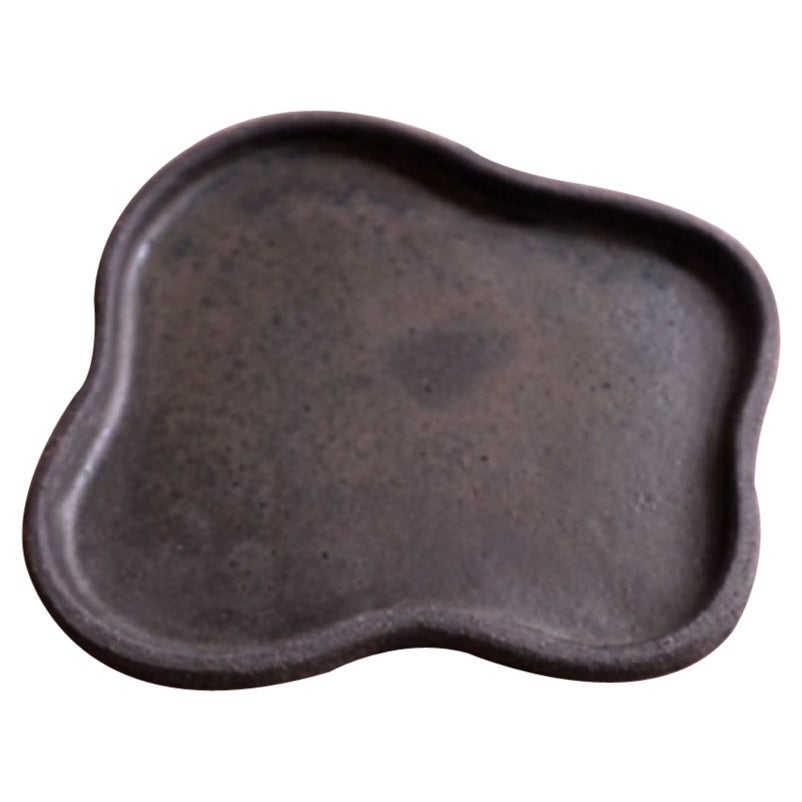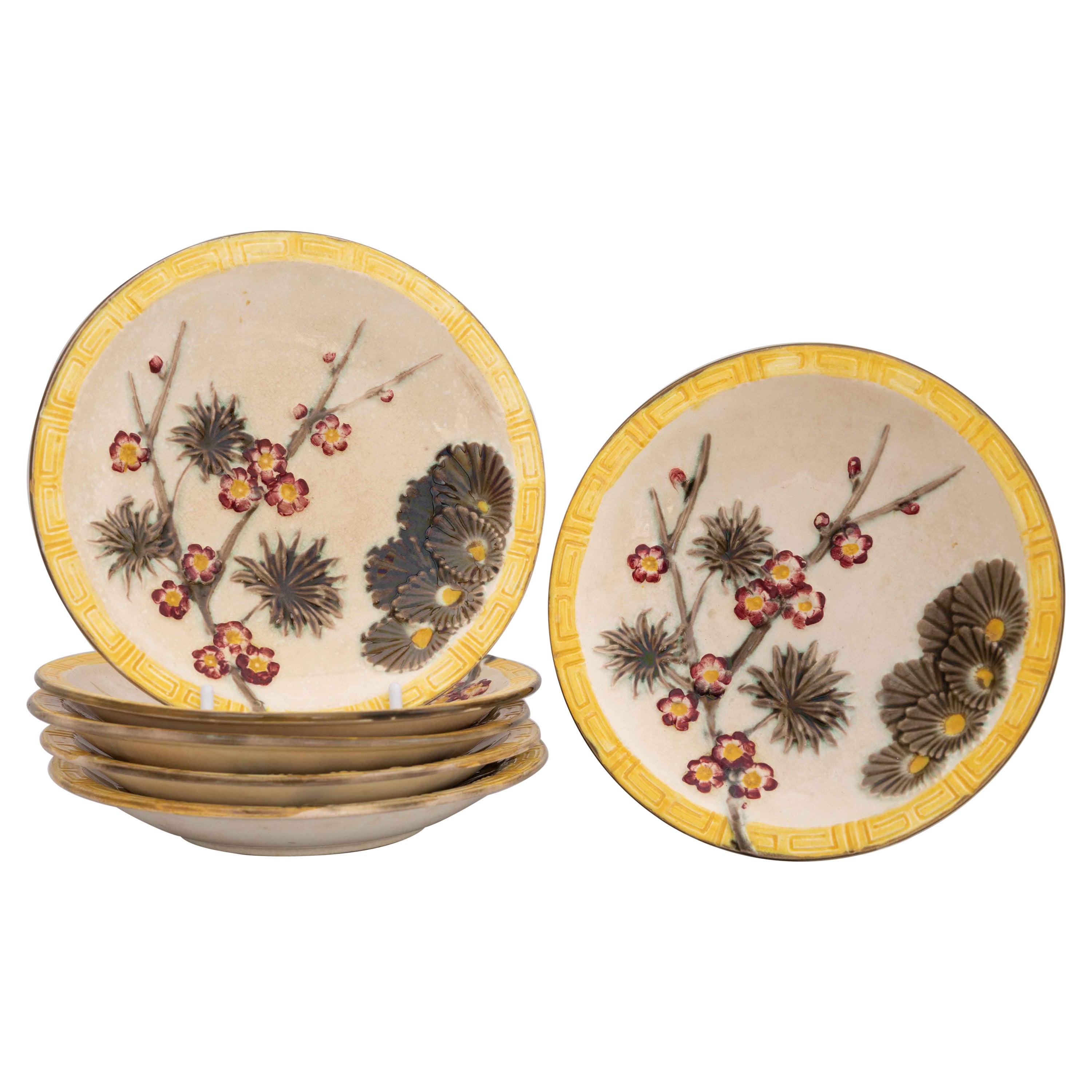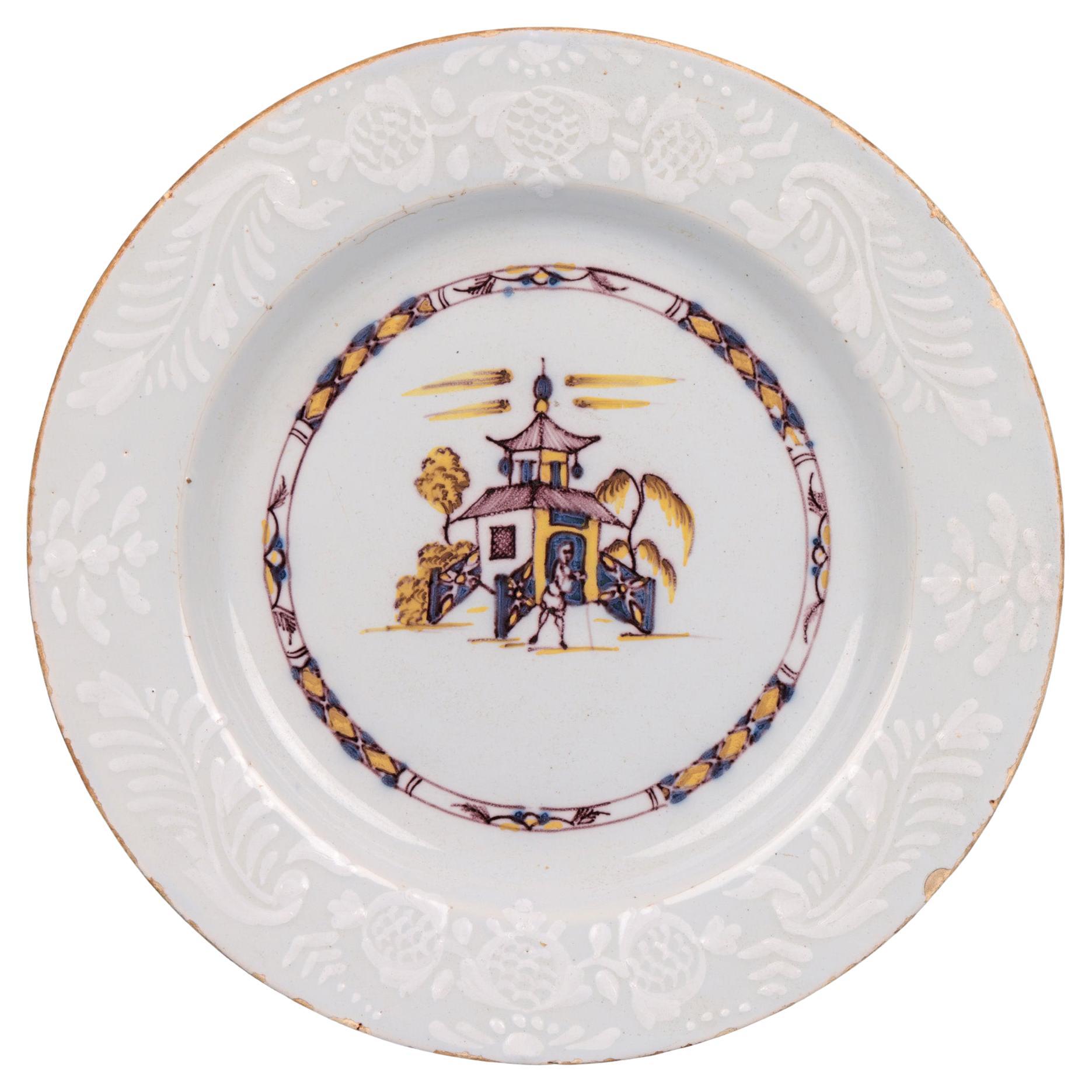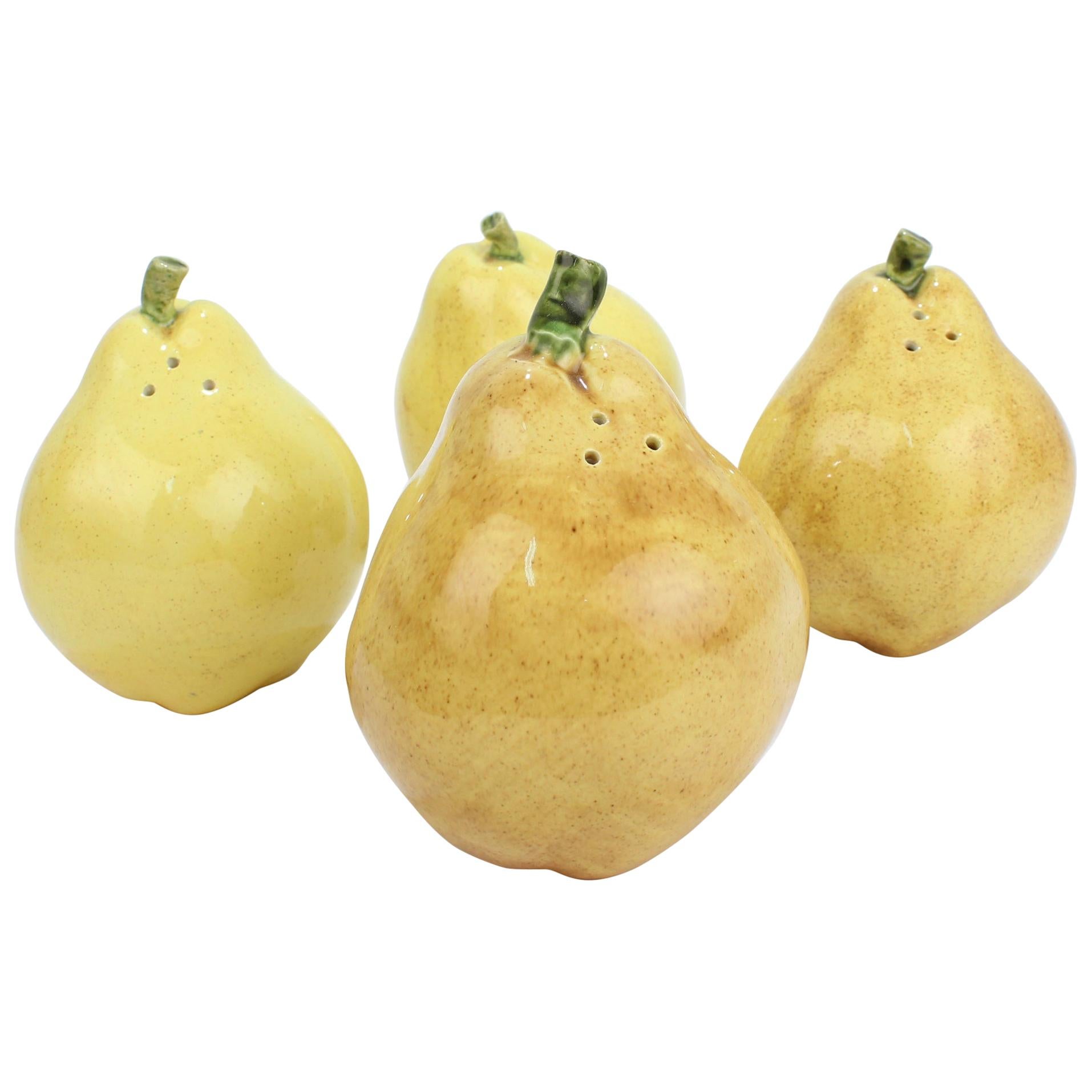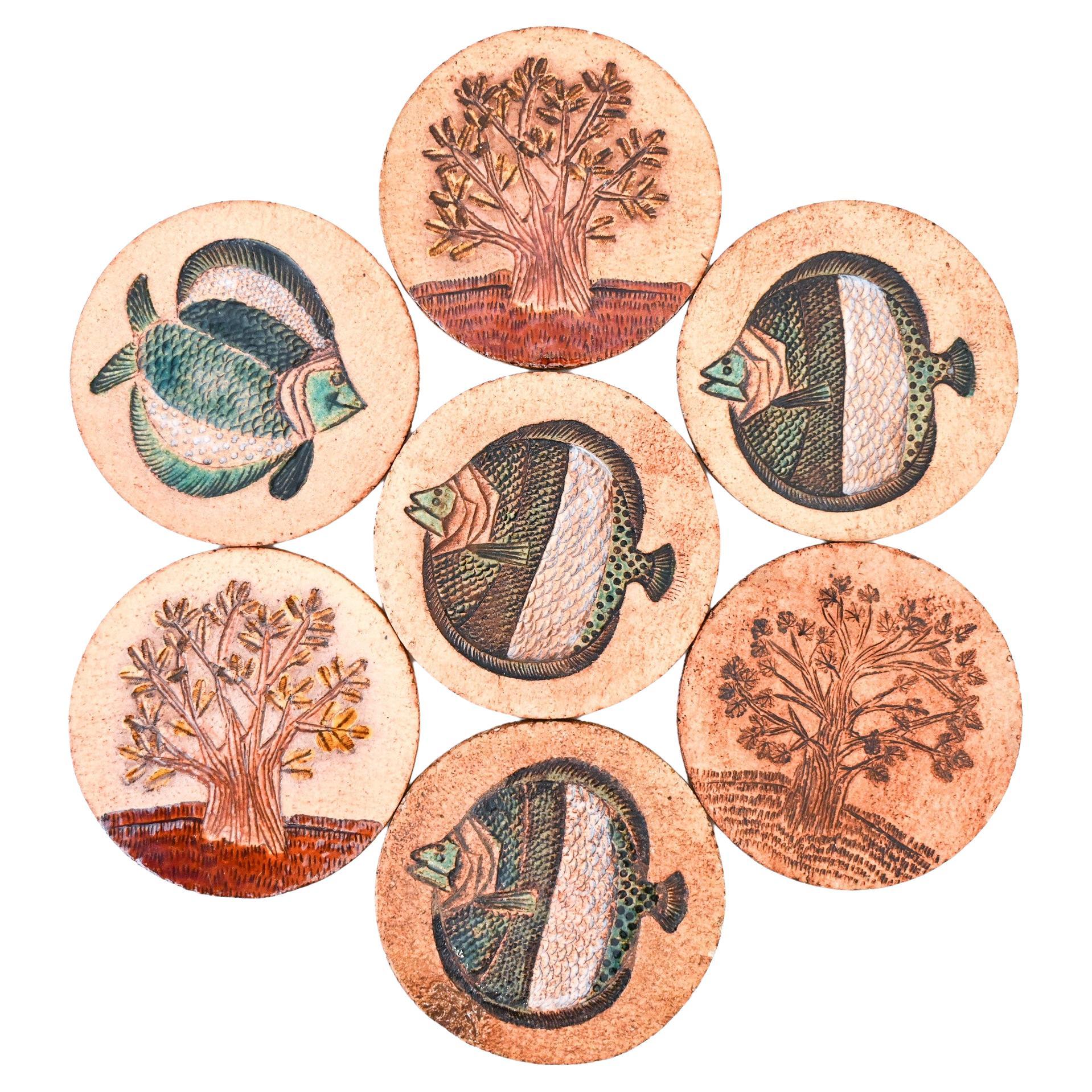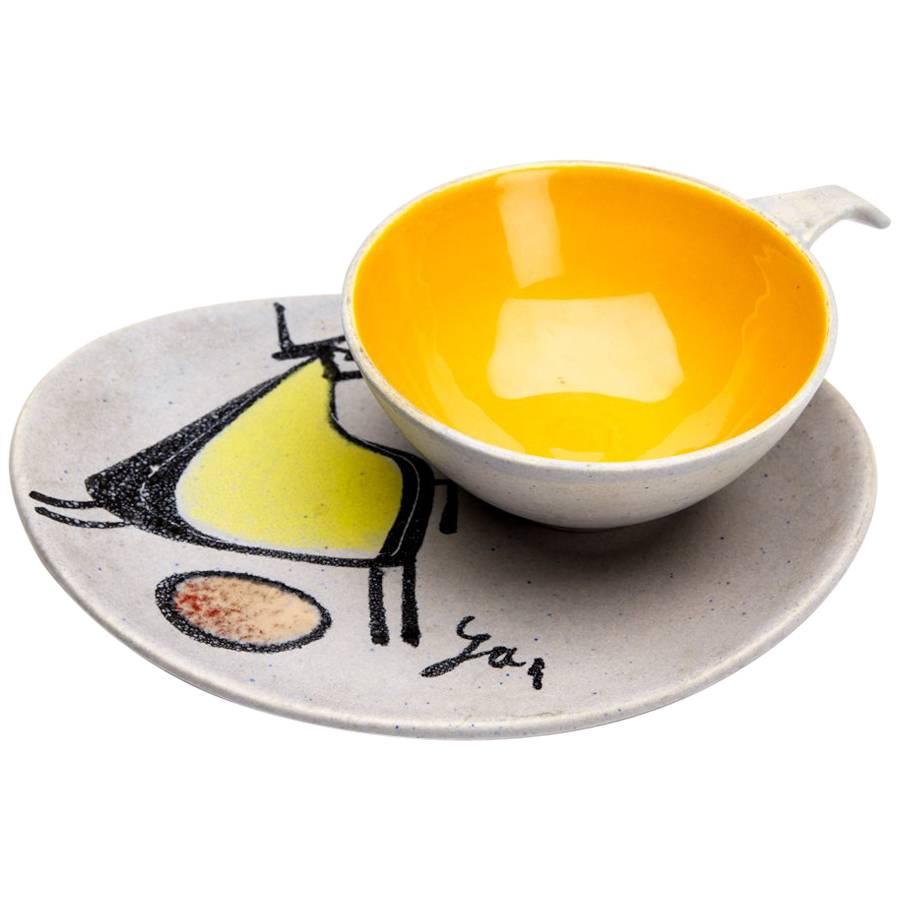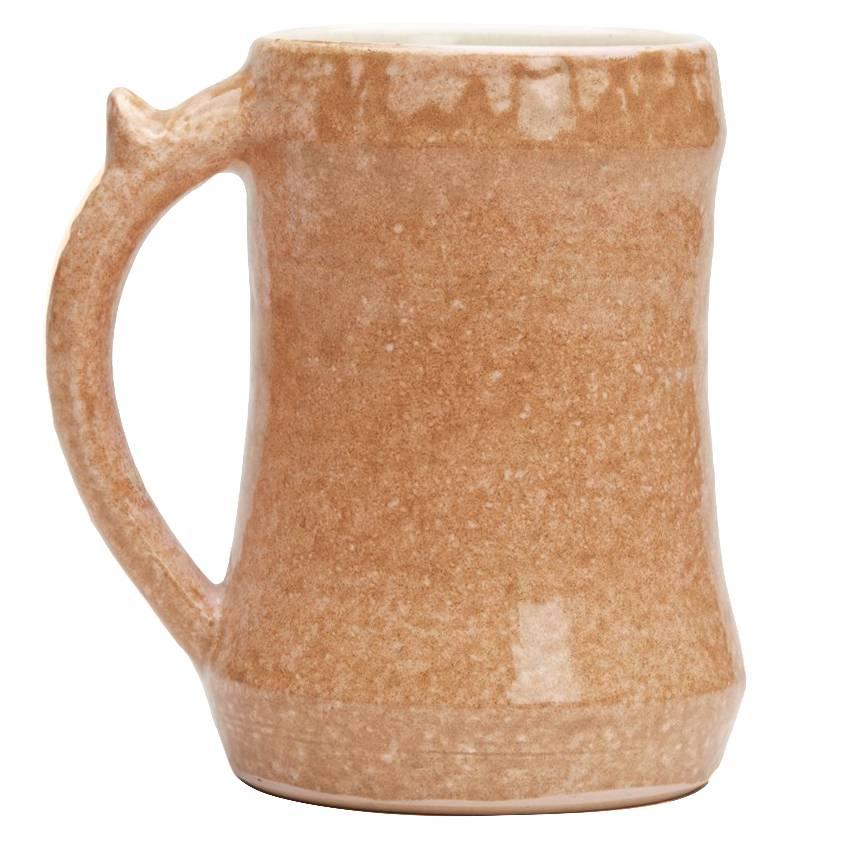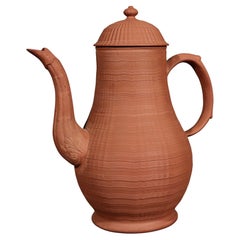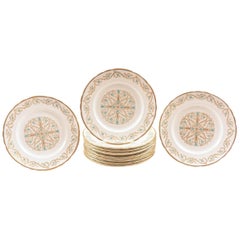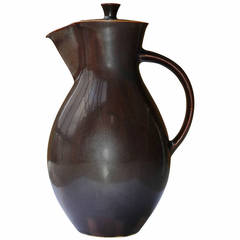
Coffeepot by Otto Lindig, handmade by Christiane Bernstiel
View Similar Items
1 of 6
Coffeepot by Otto Lindig, handmade by Christiane Bernstiel
About the Item
- Creator:Christiane Bernstiel (Maker),Otto Lindig (Artist)
- Dimensions:Height: 9.06 in (23 cm)
- Style:Bauhaus (Of the Period)
- Place of Origin:
- Period:
- Date of Manufacture:Early 1900s
- Condition:
- Seller Location:Cologne, DE
- Reference Number:1stDibs: LU105261263068
You May Also Like
- Otto Lindig Bauhaus Tea Service Karlsruhe Majolica Germany 1923 Glazed CeramicBy Karlsruhe, Majolica Manufactory of KarlsruheLocated in Nierstein am Rhein, DERare Bauhaus tin-glazed crackled earthenware tea service designed by Otto Lindig and executed by Karlsruher Majolica, Germany 1923 / circa 1930. The comple...Category
Vintage 1920s German Bauhaus Tableware
MaterialsCeramic, Earthenware
- English Stoneware Pottery Redware CoffeepotLocated in Downingtown, PAEnglish Stoneware Pottery Redware Stoneware Engine Turned Coffeepot, Staffordshire, Circa 1765 A Staffordshire redware stoneware coffeepot and cover with an engine-turned body and c...Category
Antique Mid-18th Century English Georgian Pottery
MaterialsPottery, Stoneware
- 12 Vintage Dessert Plates, Turquoise and Gold by Tuscan, EnglandLocated in West Palm Beach, FLA sweet set of dessert plates with an all over gilt decoration highlighted with hand raised turquoise enamel. A slight scallop to the shape and i...Category
Vintage 1950s English Art Deco Tableware
MaterialsGold, Enamel
- Free Form Puddle Plate in Black Truffle Clay with Matte Midnight Blue GlazeLocated in Sammu-shi, Chiba?Title : Free Form Puddle Plate in Black Truffle Clay with Matte Midnight Blue Glaze 2021s / Belgium Size : W180 x D 180 x H 15 mm Artist : Sigrid Volders [Sigrid Volders] B...Category
2010s Belgian Modern Tableware
MaterialsCeramic
- Six Wedgwood Majolica Argenta 'Lincoln' Pattern Dessert DishesBy WedgwoodLocated in Fort Lauderdale, FLSix Wedgwood majolica Argenta palette ‘Lincoln' pattern dessert plates with finely molded maroon prunus blossoms and dark taupe pine branches surrounded by a yellow Greek key border. The dishes are decorated in the japonisme style and feature the “Three Friends of Winter” motif, an Asian artistic convention showing the pine, plum, and bamboo together to represent steadfastness, perseverance, and resilience. The Wedgwood factory introduced muted Argenta glazes to its majolicas in the 1880s to keep up with ever-changing fashions. The Argenta glaze color palette was more subdued than that of traditionally vibrant majolica, and was thus more appealing to the Aesthetic Movement japonisme style that pervaded the market. These Argenta majolica dessert dishes...Category
Antique Late 19th Century English Japonisme Pottery
MaterialsEarthenware, Majolica
$668 Sale Price24% Off - Carolyn Leung Studio Made Pastel Glazed Ceramic TrayLocated in Ferndale, MIStudio tray by Carolyn Leung, circa 1970s. Undulating pastel colored coils elegantly frame the oval white interior like a art nouveau mirror. Feminine an...Category
Vintage 1970s American Post-Modern Pottery
MaterialsCeramic, Earthenware
